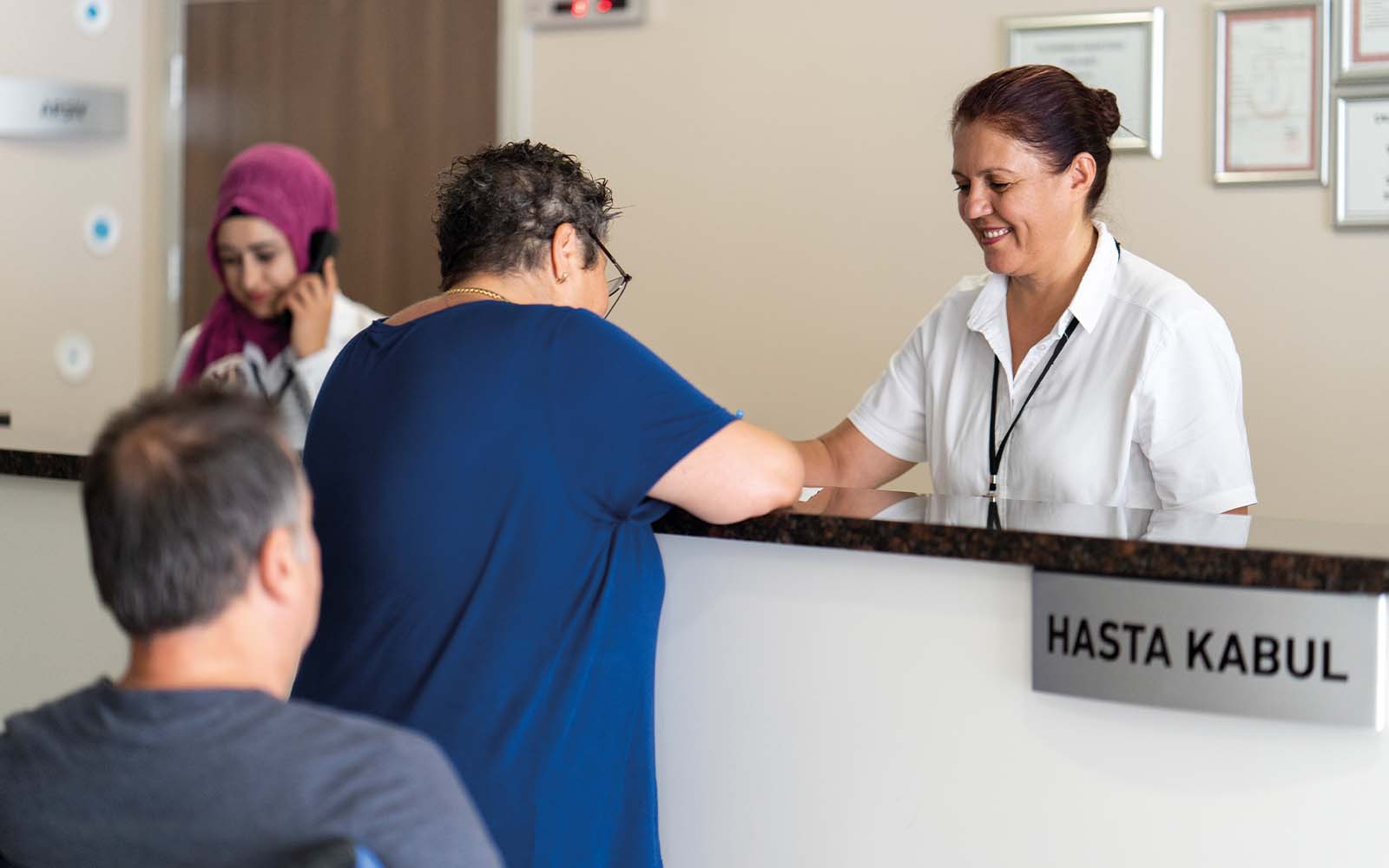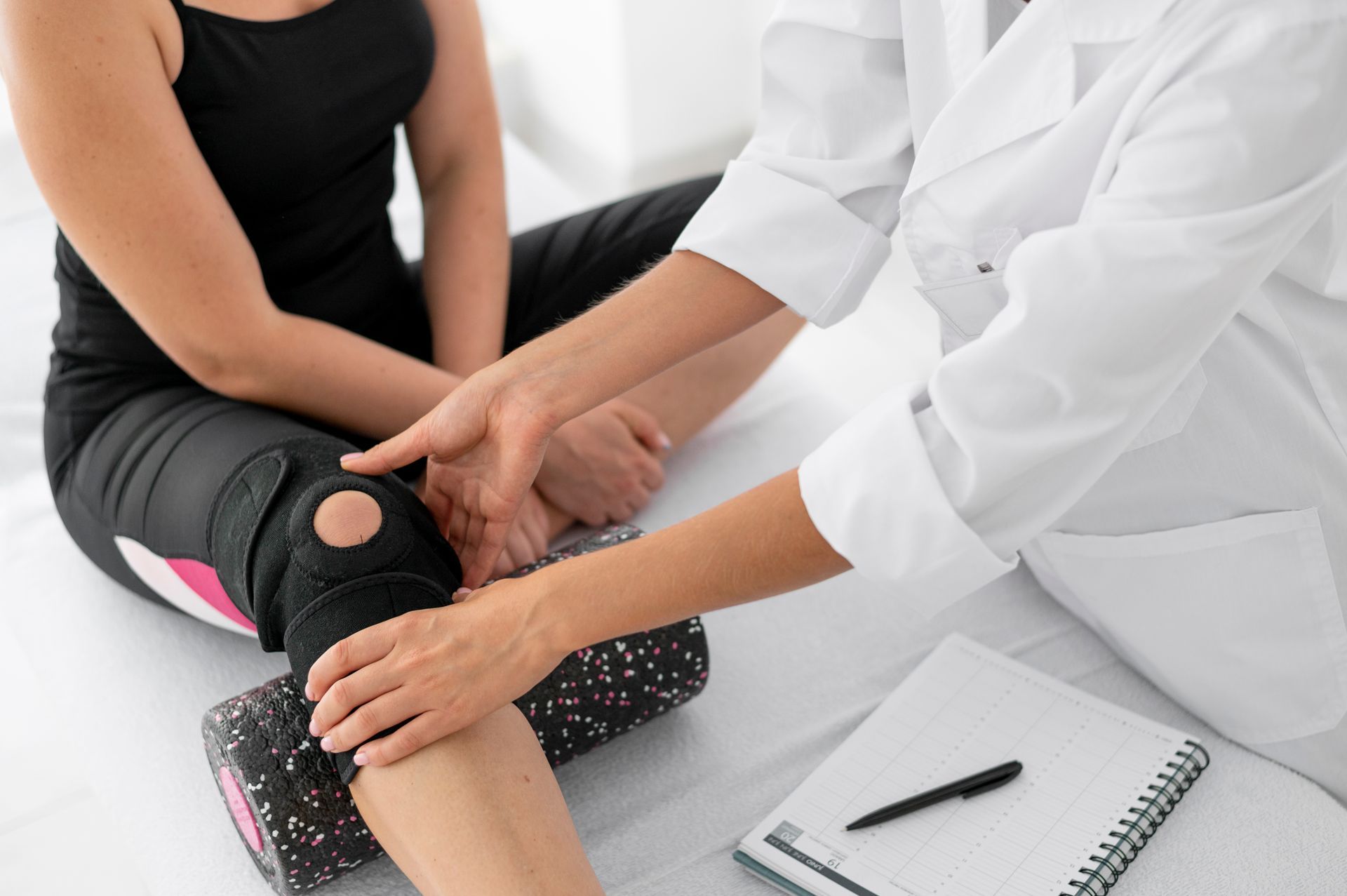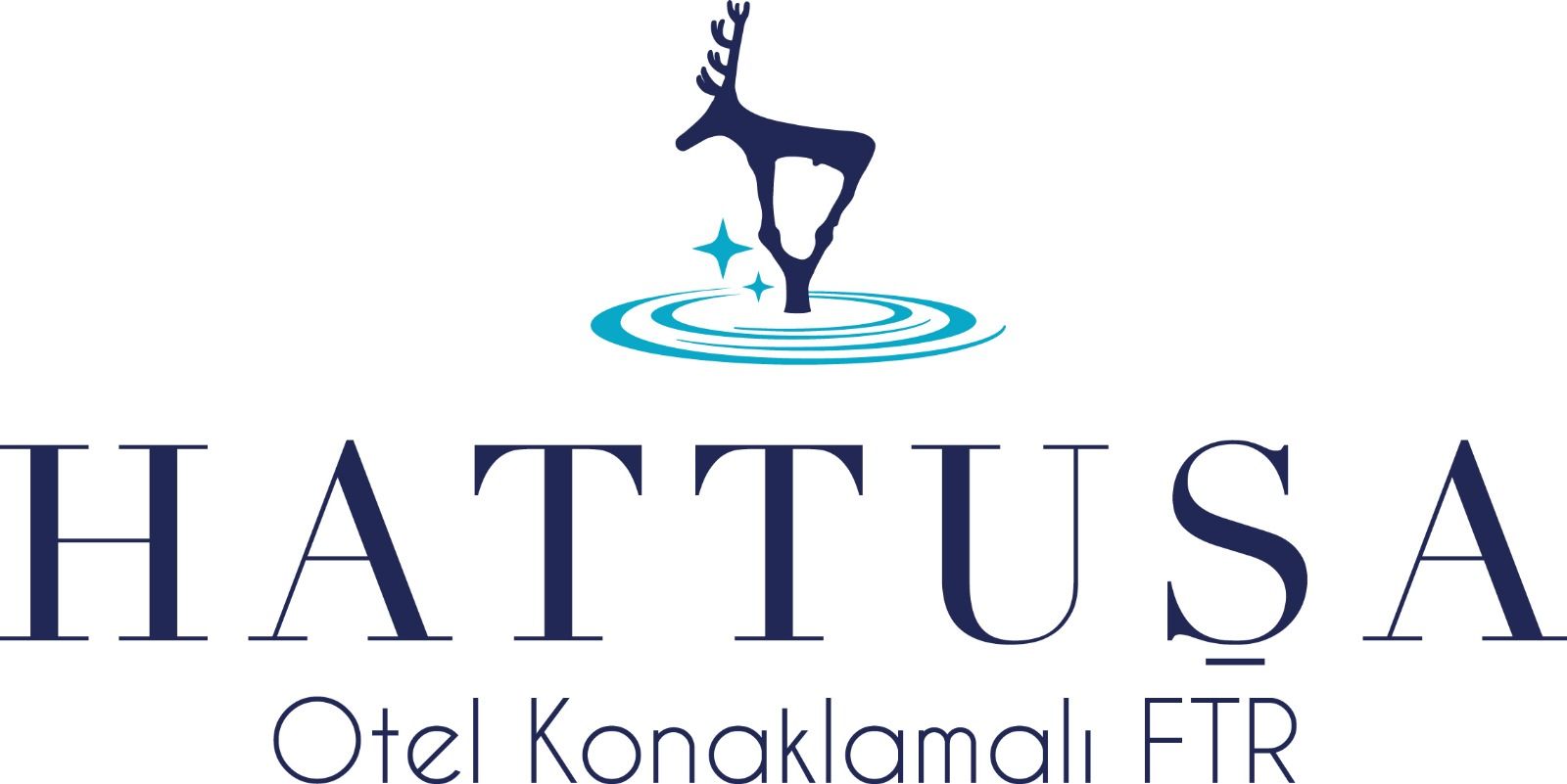01
Does physical therapy increase my pain in winter?
There is no specific season in which physical therapy should be performed. According to a common but incorrect belief, it is thought that treatments performed in winter will not be beneficial and the pain will even increase. However, in physical therapy, very intense heat is not applied, mainly regional mild heat, heat penetrating deep tissues and electric currents are applied. It is more useful to apply these applications in cold weather because rheumatic complaints increase mostly in winter months. Postponing the treatment will do nothing but make the winter painful. In summer, the complaints will partially decrease. There is no need for extra protection after physical therapy during the winter months. It is sufficient to rest for 15 minutes after the treatment and leave our center with normal protection depending on the weather conditions.
02
Is the effect of physical therapy temporary?
The vast majority of musculoskeletal diseases that fall within the field of physical therapy consist of mechanical problems such as posture disorders, sedentary life, excessive weight or incorrect and excessive use of bone-joint-muscle structures. Physical therapy applications relieve musculoskeletal system pain, accelerate healing in problematic tissues, and a healthy musculoskeletal system can be achieved with the accompanying exercise, massage and training programs. In order for this effect to be permanent, the patient also has important responsibilities. Implementing the given exercise programs completely, learning to use their bodies correctly, and receiving adequate training from their doctors and physiotherapists will increase the effectiveness and permanence of the treatment. In some chronic rheumatic diseases and rehabilitation diseases, applications are aimed at preserving the existing musculoskeletal system potential and improving the quality of life. The aim here is to preserve the quality of life rather than definitive cure.
03
Surgery or physical therapy?
The diseases that confuse patients the most in this regard are waist and neck hernias and prosthesis applications for calcified joints. 90-95 percent success can be achieved with physical therapy in cases of waist and neck hernias. The rate of cases requiring surgery is 5-7 percent. There are two surgery criteria accepted all over the world. The first is muscle weakness determined by the physician. Weakness may occur in the relevant muscles as a result of pressure on the nerves that protrude (herniate) between the vertebrae and go to the legs in the waist and to the arms in the neck. However, the first symptom of a nerve under pressure is pain, not muscle weakness. The majority of pain can be treated with physical therapy and exercise programs. Muscle weakness occurs in more advanced cases. When this weakness is detected by the physician, especially if it is progressive, surgical operation is required to save the nerve under pressure. This pressure is more serious when the hernia puts pressure on the spinal cord itself, not on the nerve branch. This condition manifests itself in the patient with urinary incontinence and requires URGENT surgery. The second condition that requires surgical treatment is pain that does not go away within 3 months despite all kinds of treatment and reduces the quality of life. Prosthesis applications to calcified joints are most commonly performed on knee and hip joints and are the last resort. If the patient can continue his daily life without needing anyone else's help and his walking distance does not fall below a few hundred meters, he will benefit from physical therapy and rehabilitation. If the patient's walking distance is below a few hundred meters, wearing a prosthesis will improve the quality of life. However, rehabilitation programs should be applied before and after this application.
04
Does physical therapy include radiation?
No physical therapy application includes radiation, basically superficial and deep heat types, low-voltage electrical currents measured in millivolts that do not harm the body, massage and exercise.
05
Does physical therapy have serious side effects?
Since physical therapy is basically applications such as superficial and deep heat types, low-voltage electrical currents measured in millivolts that do not harm the body, massage and exercise, there are situations that need to be taken into consideration rather than side effects. For example, electric currents should not be applied to patients with pacemakers or should be applied under the supervision of a doctor, heat applications and electric currents should be applied carefully to patients with sensory loss, and ultrasound applications should not be applied to patients with osteoporosis and metal prostheses in the treatment area.
06
What is rehabilitation?
It is the whole of the treatments applied to people who have become disabled for any reason, to restore their lost functions to full or as close to fullness as possible and to reintegrate them into society. The aim is to try to provide physical, spiritual, economic and social independence as much as possible to disabled people or people who have lost their functional independence for various reasons. A comprehensive and compatible rehabilitation program with the patient will shorten the time spent dependent on bed and others and improve the quality of life.
07
Who can perform physical therapy?
It is applied by therapists under the supervision of a physical therapist.







